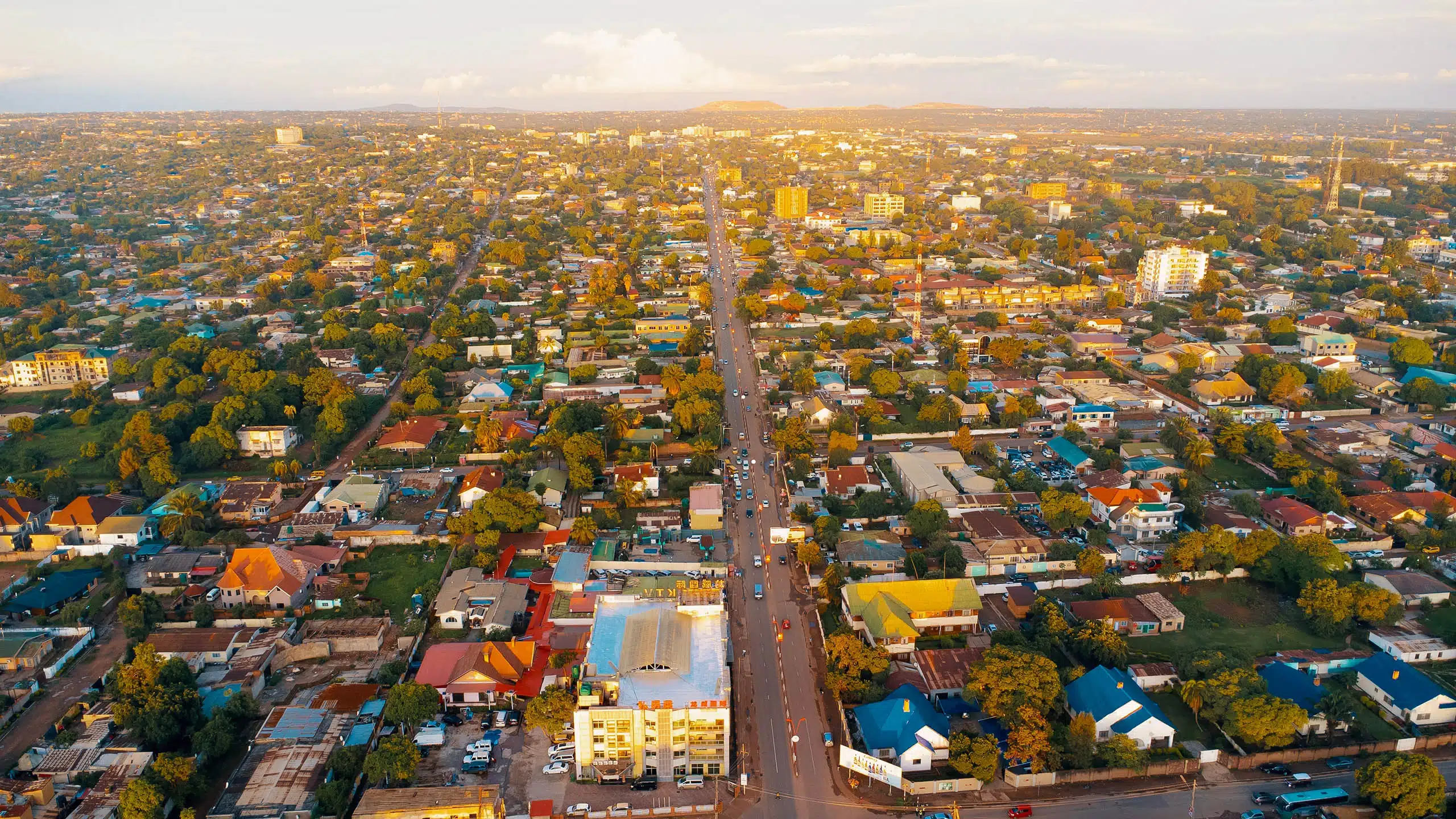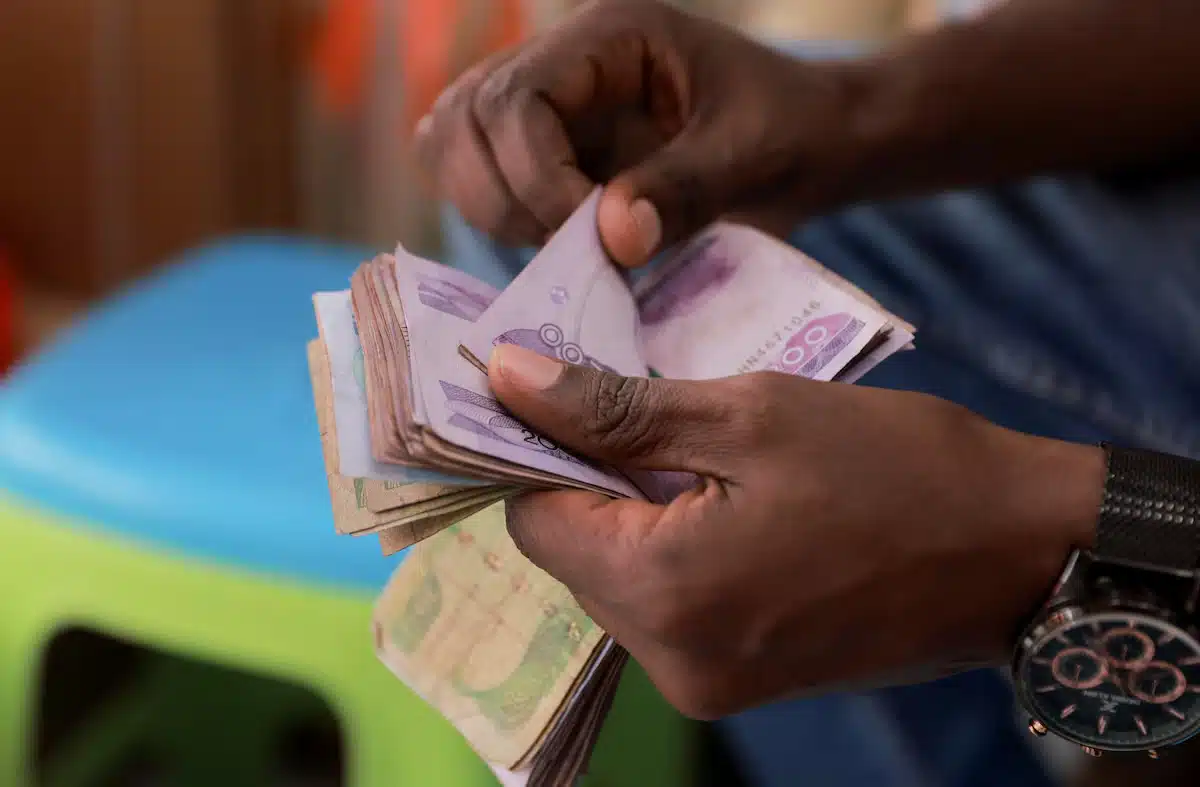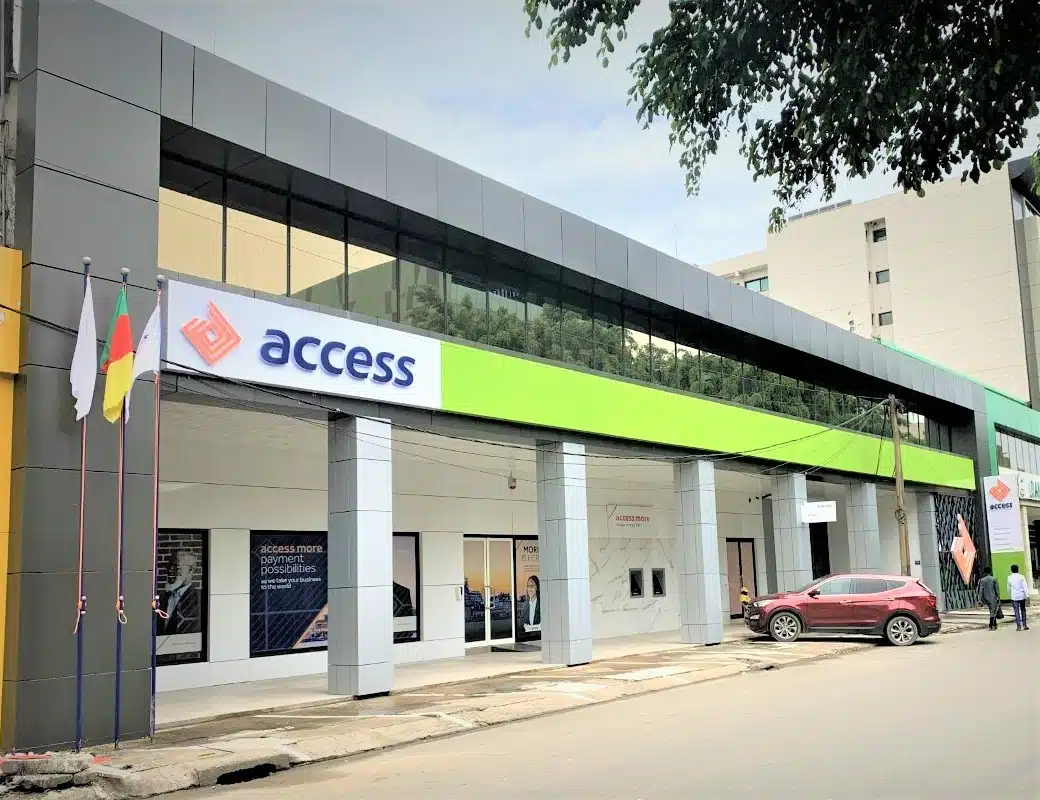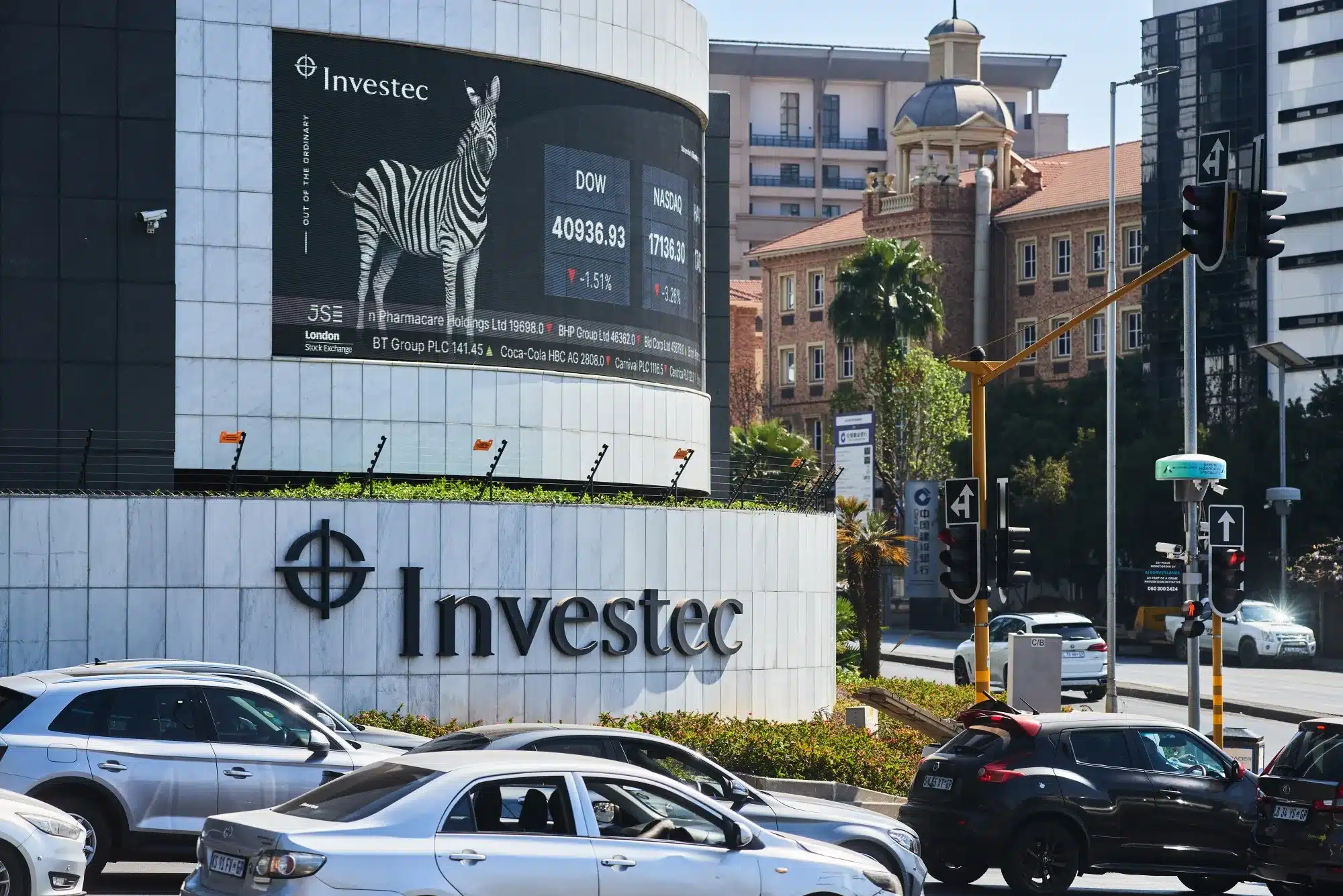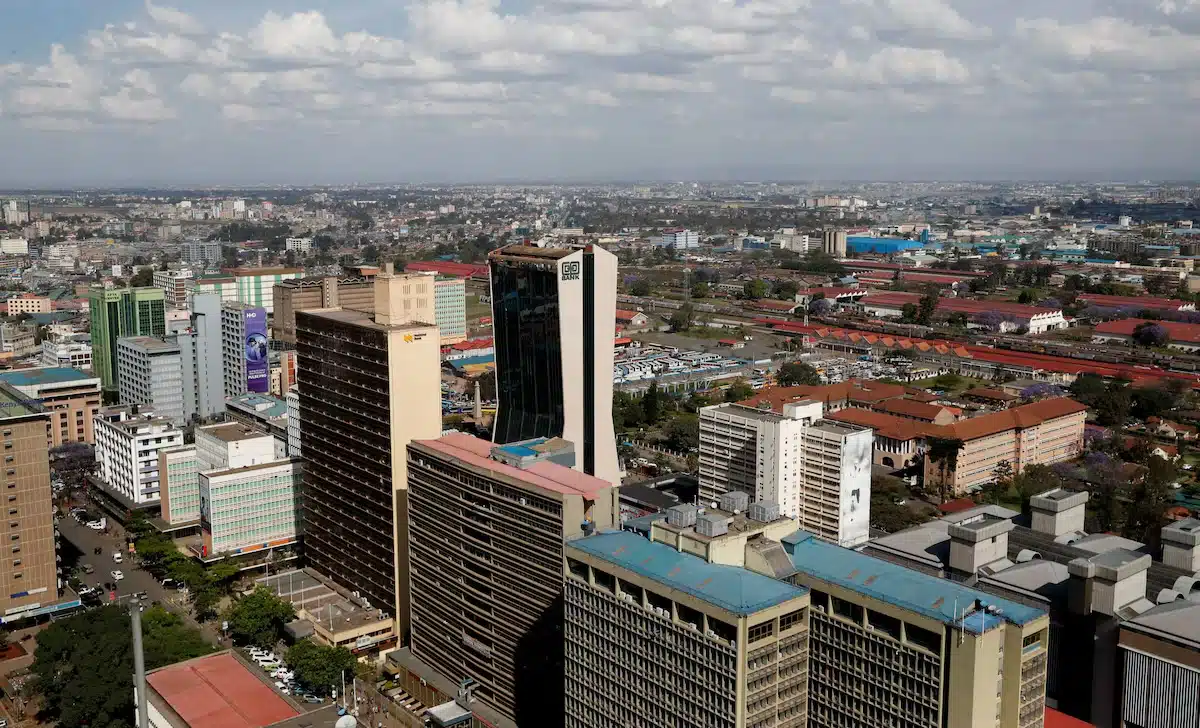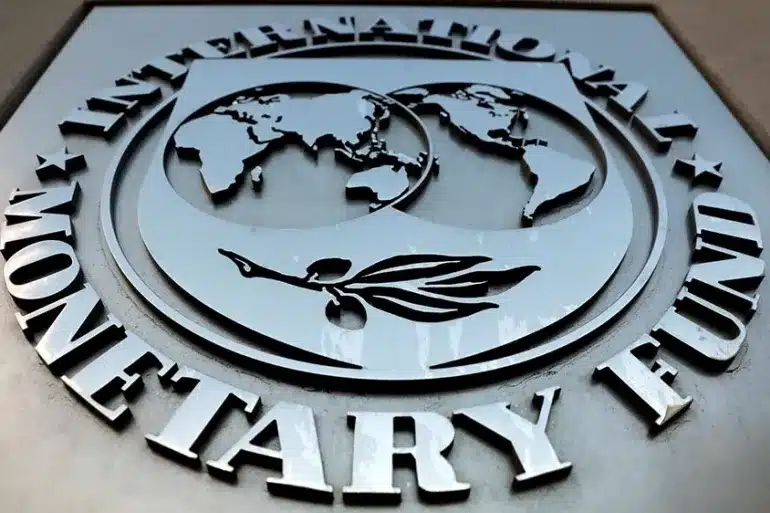Despite ranking among the world’s poorest nations, the Democratic Republic of the Congo (DRC) has become a magnet for some of Africa’s biggest banking groups.
From Nigeria’s Access Holdings and FirstHoldCo to Togo’s Ecobank, Kenya’s Equity Group and KCB, and Tanzania’s CRDB Bank, regional lenders are deepening their footprint in the vast Central African nation, long viewed as too risky for large-scale banking operations.
At first glance, this may seem paradoxical. The DRC ranks among the 10 poorest countries globally, with over 70% of its 109 million people living in poverty. It also has one of Africa’s highest rates of financial exclusion — fewer than 39% of adults hold a formal bank account, according to the World Bank.
But for regional lenders with an appetite for frontier markets, that picture signals opportunity rather than deterrence.
Expanding footprints across Congo
Equity Group entered the market in 2020 by acquiring Banque Commerciale du Congo (BCDC), now Equity BCDC. KCB Group followed in 2022 with an 85% acquisition of Trust Merchant Bank.
Access Bank launched operations in 2008 after acquiring Banque Privée du Congo, while FirstHoldCo has operated a subsidiary since 1994. Ecobank entered in 2008, and United Bank for Africa (UBA) followed in 2011.
In August this year, Nigeria’s Fidelity Bank confirmed plans to expand into the DRC, focusing on digital inclusion. Once operational, Fidelity will become the 16th active bank in the country and the fourth Nigerian lender, joining Access Bank, FirstBank, and UBA.
Despite these players, the banking sector remains small relative to the DRC’s population and economic size, with just 18 licensed commercial banks — most of them foreign subsidiaries.
According to the Making Finance Work for Africa Partnership (MFW4A), a few large banks dominate the market, with Rawbank leading the pack. The Congolese lender recently jumped 26 places in Africa’s top 100 banks ranking, reaching 62nd with a Tier 1 capital of $421 million.
The attraction: A sleeping giant awakening
For banks, the DRC’s combination of scale, low inclusion, and natural resource wealth is irresistible. Millions of potential customers remain unbanked, waiting to be reached through mobile-based savings, digital payments, and microcredit platforms.
“The Congolese franc depreciated by 8.7% against the US dollar, and inflation fell to 11.3%. The banking sector remained profitable with expanding credit and declining non-performing loans,” the World Bank noted.
While GDP growth is expected to slow to 5.1% this year, non-mining sectors are projected to drive expansion through construction and infrastructure investments, with non-extractive GDP growth reaching 5.3% by 2027.
Mineral wealth is powering corporate banking demand
The DRC holds some of the world’s richest deposits of copper, cobalt, and lithium — essential to electric vehicles and global energy transition. These resources attract multinational mining and logistics companies requiring trade finance, treasury, and corporate banking services.
For banks like Access Holdings and Ecobank, this means consistent opportunities in foreign exchange, transaction banking, and project finance. Mining operations also spur Small and Medium-sized Enterprises (SMEs) in supply chains, expanding demand for credit. The African Development Bank (AfDB) says that trade-related activities now generate nearly 15% of total bank income.
The World Bank estimates that the economy grew 6.5% in 2024, driven by a 12.8% expansion in extractive activities — particularly copper and cobalt production.
EAC membership boosts regional integration
The DRC’s entry into the East African Community (EAC) in 2022 has further strengthened its appeal. As the bloc’s seventh member, the country benefits from expanded market access, policy alignment, and smoother cross-border banking regulations.
Membership provides economic and political advantages — including lower trade barriers, improved transport corridors from the Indian Ocean to the Atlantic, and greater regional stability through cooperation. Former Kenyan President Uhuru Kenyatta highlighted that the DRC’s addition expanded the bloc’s population to 300 million and its GDP to $250 billion.
For East African banks such as Equity and CRDB, the EAC framework facilitates cross-border digital banking, remittances, and regional payment integration. For pan-African lenders like Access Holdings and Ecobank, it enhances opportunities in project finance and trade facilitation.
Digital banking is closing the inclusion gap
With fewer than 200 physical branches nationwide, traditional banking reach remains limited. Yet, digital finance is transforming the landscape. Telecom operators Vodacom and Airtel have built vast mobile money ecosystems, enabling millions to send and receive funds without ever visiting a bank.
Banks are now collaborating with these telecoms to onboard customers digitally through agent networks and biometric verification. Access Bank and Ecobank are using their pan-African digital platforms to penetrate underserved segments, while Equity and CRDB are expanding mobile-led services to rural areas.
This digital shift is bridging the infrastructure gap — with account ownership rising from 17% in 2014 to 39% in 2024, according to the World Bank.
Development finance is de-risking expansion
Development partners are crucial enablers. The World Bank, International Finance Corporation, and AfDB have launched programs that de-risk lending and support credit access for SMEs.
The AfDB alone has over $1.45 billion in active operations in the DRC, focusing on infrastructure, transport, agriculture, and youth empowerment. These initiatives underpin the government’s National Financial Inclusion Strategy, which targets 40% adult financial access by 2030.
Through credit guarantees, blended finance, and technical support, these institutions are helping commercial banks extend financial services more sustainably.
High risks, high rewards
Despite its promise, the DRC remains one of Africa’s most challenging environments. Persistent conflict in the east, weak governance, corruption, and currency volatility continue to undermine stability.
Armed group activity — particularly by the M23 movement — and ongoing humanitarian crises have displaced millions. Recent ceasefire agreements in Doha offer hope but remain fragile, with tensions still high in Ituri, North Kivu, and South Kivu provinces.
Nevertheless, the Congolese government is working to restore state authority, strengthen governance, and implement structural reforms aimed at stabilizing the macroeconomic environment and attracting investment.
The bottom line
For Africa’s banking giants, the DRC represents both a test of resilience and a frontier of opportunity. The same conditions that make it one of the hardest markets to operate in — poverty, instability, and low inclusion — also make it one of the most promising for those willing to take the long view.
As the DRC deepens its regional integration, digital finance expands, and resource-driven sectors thrive, the country could emerge as Central Africa’s most dynamic banking hub.
For lenders like Access, Equity, Ecobank, and CRDB, this is not just about banking the unbanked — it’s about shaping the future of African finance from one of its most unlikely frontiers.

